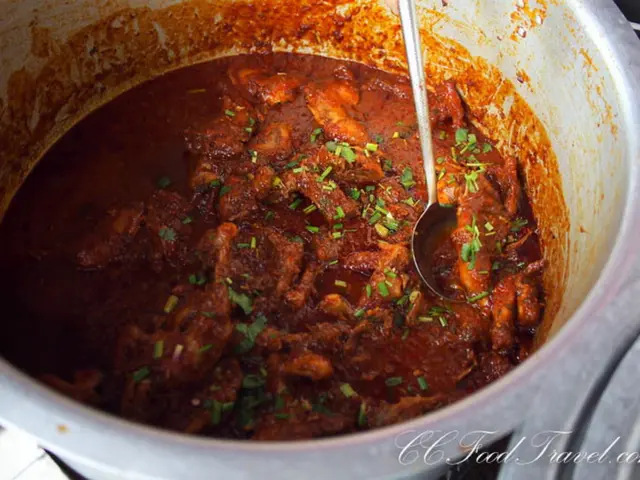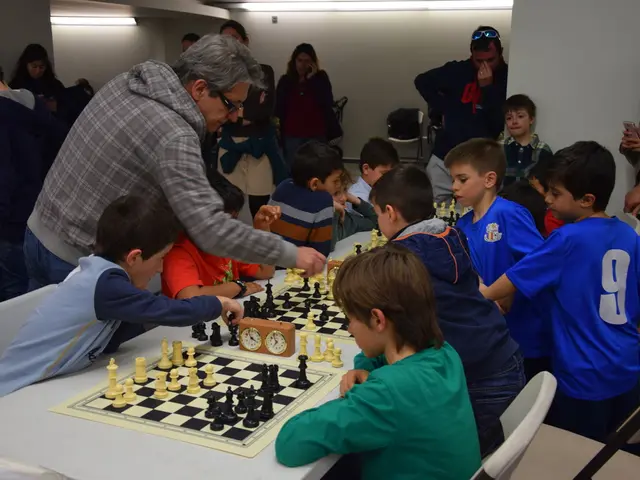Craftsmen's Fraternity: Novice, Experienced Worker, and Expert
In the 1100s, a powerful consolidation of merchants and businessmen rose in northern Europe, primarily in Germany. This group, known as the Hansa League, took its name from the Low German word "Hansa," meaning "convoy."
The Hansa League was more than just a trading alliance. They had their own legal system, armies, and direct allegiance to the Holy Roman Emperor. Similar to the Hansa League, various craft guilds, or Handwerkszünfte, emerged around the same time. These guilds, which included blacksmiths, carpenters, weavers, and bakers, played a significant role in the training of apprentices.
The apprenticeship system was a structured way to ensure the transmission of knowledge and professional integrity within the trades. An Apprentice was someone who learned a trade for a specified amount of time, learning specific skills and techniques from a Master. A Journeyman, originally someone who performed work for a day and then moved on, could also rise in the guild to the status of a Master, who could then set up their own workshop and hire apprentices.
Masters in any particular craft guild were an exclusive inner circle who possessed not only technical competence but also proof of their wealth and social position. A Master was competent in all areas of their craft under all variety of conditions, with a variety of materials.
The craft guilds were essential for the growth of towns and cities, supplying goods and services of equal and competitive quality. They also established a monopoly of trade, maintained standards for goods and trading practices, sought to maintain stable prices, and controlled town or city governments.
Interestingly, the craft guilds are of interest to Freemasons and those interested in Freemasonry due to the use of similar terms such as Apprentice, Journeyman, and Master. The main function of the guild was to train Apprentices, ensuring a continuity of quality workmanship, consistent goods being produced, and traditions being maintained.
Guilds and guild members served the community as much as they served themselves. They introduced a system of art or craft to a new individual, instilling in them the idea of standards, quality, consistency, and perfection. The apprenticeship system in medieval European guilds had its origins in the Roman Empire and possibly Mesopotamia.
Matthew McIntosh, an Administrator of The Masonic Philosophical Society, has written an article about the role of guilds. This article was originally published by The Masonic Philosophical Society on 01.10.2018.
It is worth noting that both merchant and craft guilds subjugated, with Masters in medieval European guilds, particularly in the mid-16th Century, holding control or authority. However, this did not diminish the importance of the guilds in maintaining quality, consistency, and professional integrity within their respective trades.
In conclusion, the Hansa League and medieval European guilds played a crucial role in shaping the economic, social, and cultural landscape of the Middle Ages. Their impact can still be felt today, particularly in the way we approach craftsmanship, trade, and apprenticeships.
Read also:
- Peptide YY (PYY): Exploring its Role in Appetite Suppression, Intestinal Health, and Cognitive Links
- Toddler Health: Rotavirus Signs, Origins, and Potential Complications
- Digestive issues and heart discomfort: Root causes and associated health conditions
- House Infernos: Deadly Hazards Surpassing the Flames








